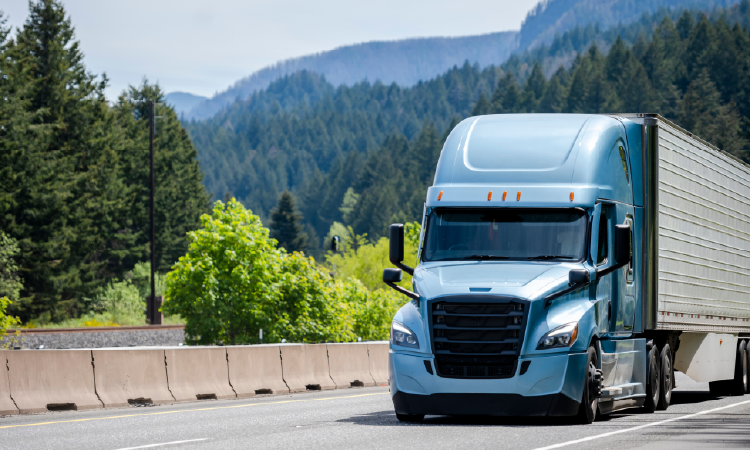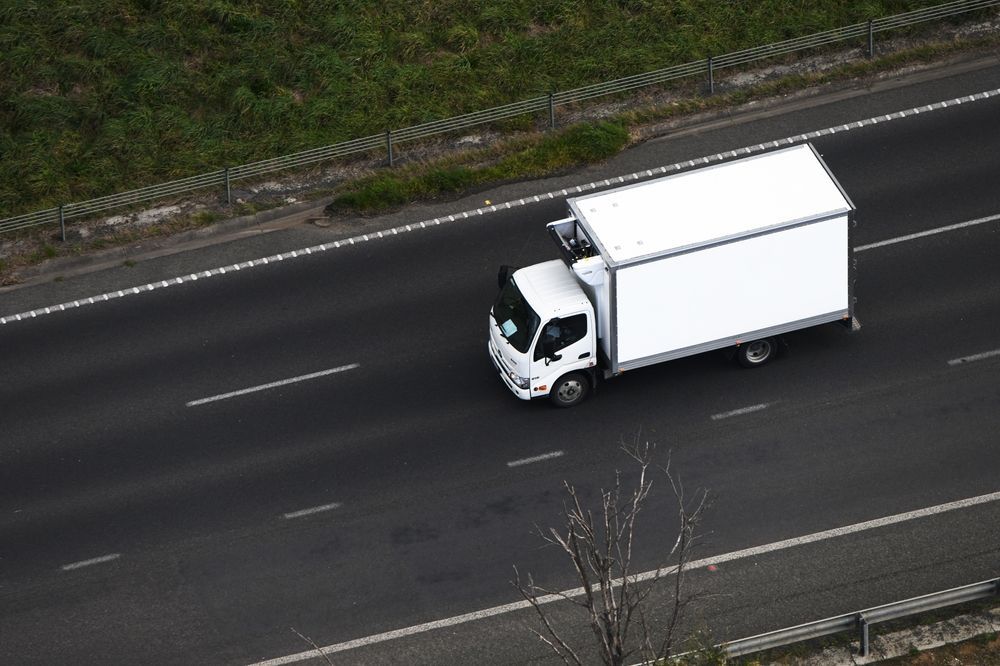Cold Chain Logistics Challenges & How to Overcome Them
Cold chain logistics is vital for industries that depend on temperature-sensitive goods, yet managing it is no easy task. Businesses face significant cold chain logistics challenges, from maintaining consistent temperatures to navigating compliance and rising costs.
This article explores the most pressing obstacles and outlines practical solutions that help companies protect product integrity, control costs, and ensure customer satisfaction.

Why Cold Chain Logistics Matters Today
Cold chain logistics is the backbone of industries that depend on temperature-sensitive products. From pharmaceuticals and healthcare supplies to fresh produce, meat, and frozen foods, an unbroken cold chain ensures that goods arrive in prime condition. The stakes are high. A single temperature fluctuation during transport can result in spoiled inventory, regulatory penalties, or reputational damage.
As demand for perishable goods continues to grow, businesses are under increasing pressure to manage their cold chain logistics efficiently. Yet the complexities involved make it one of the most challenging areas of supply chain management. Understanding these challenges is the first step to overcoming them.
Key Cold Chain Logistics Challenges Businesses Face
Temperature Control and Product Integrity
Maintaining a consistent temperature across long distances and varying climates is the foundation of cold chain logistics. Even a small deviation can impact product integrity, especially for pharmaceuticals or vaccines that require strict temperature ranges. Perishable foods are equally vulnerable. Businesses must rely on carriers with modern equipment, well-maintained refrigerated trucks, and precise monitoring systems to avoid costly losses.
Supply Chain Delays and Disruptions
Delays are an inevitable part of logistics, but they are especially damaging in cold chain operations. Congested ports, severe weather, traffic bottlenecks, and labor shortages can all extend transit times. With perishable goods, every hour matters. Delays increase the risk of spoilage, waste, and dissatisfied customers. Companies that lack visibility or contingency plans are particularly vulnerable to these disruptions.
Rising Fuel and Energy Costs
Refrigerated transportation requires more fuel than dry van shipping. Cooling units must run continuously, even during idle periods, which drives up operating expenses. As energy and fuel costs continue to rise, shippers feel the impact through higher freight rates. Balancing cost efficiency while maintaining product quality is a persistent challenge for businesses that depend on cold chain services.
Compliance and Regulatory Demands
Cold chain logistics is subject to strict compliance requirements. The Food Safety Modernization Act (FSMA) in the United States sets high standards for the safe transport of food products. Pharmaceutical shipments must meet Good Distribution Practice (GDP) guidelines.
Businesses that fail to comply face regulatory fines, legal liability, and damage to brand reputation. Compliance is not just about meeting regulations; it is about proving to customers that product safety comes first.
Visibility and Monitoring Limitations
Real-time visibility into shipments is no longer optional. Customers expect detailed updates on their deliveries, and regulators demand proof of temperature consistency. Yet many cold chain networks still operate with limited monitoring capabilities. Without precise tracking, shippers cannot respond quickly to fluctuations, equipment failures, or unexpected delays. The lack of transparency can undermine customer trust and increase risk.
How to Overcome Cold Chain Logistics Challenges
Leverage Real-Time Tracking and Data
Technology is the most powerful tool for mitigating cold chain risks. IoT-enabled sensors, GPS tracking, and real-time monitoring systems allow businesses to track location, temperature, and humidity throughout transit. With instant alerts, carriers and shippers can respond immediately if conditions begin to drift outside safe ranges. This data also creates a record for compliance and quality assurance.
Choose the Right Cold Chain Partners
Not all logistics providers are equipped to handle cold chain shipments. Shippers must carefully evaluate carriers based on their experience, equipment, and track record with temperature-sensitive goods. A reliable refrigerated truck delivery service will have well-maintained reefer units, trained drivers, and established contingency plans. Partnering with the right provider can mean the difference between safe delivery and product loss.
Invest in Reefer LTL and FTL Solutions
Flexibility is key in refrigerated shipping. Some businesses need full truckload capacity for large shipments, while others benefit from less-than-truckload (LTL) reefer options for smaller volumes. Both solutions play a critical role in optimizing cost and efficiency. Working with a provider that offers both LTL and FTL refrigerated shipping ensures that companies can scale their logistics strategies as demand changes.
Build Redundancy into Your Supply Chain
Redundancy provides insurance against unexpected delays or failures. Multiple carrier options, backup refrigeration equipment, and alternative routes create resilience in the supply chain. When disruptions occur, businesses with contingency plans are better positioned to protect product integrity and customer relationships.
Train Teams for Compliance and Safety
Human error is a common cause of cold chain failures. Training staff to properly load, handle, and monitor temperature-sensitive shipments reduces risk. Carriers should invest in driver education, while shippers should ensure internal teams understand compliance requirements. Strong communication between partners closes the gap between regulation and real-world execution.
Future Trends in Cold Chain Logistics
The cold chain is evolving rapidly as technology advances and consumer expectations rise. Automation and artificial intelligence are being used to predict supply chain disruptions before they happen. More companies are adopting blockchain for traceability, ensuring that every handoff is recorded and verified.
Sustainability is also gaining attention as businesses look for greener ways to manage refrigerated transportation. These trends will shape the future of cold chain logistics, and companies that adapt early will stay competitive.
Partnering with Experts to Ensure Reliable Cold Chain
Cold chain logistics challenges will never disappear completely, but businesses can reduce risk and improve reliability by working with the right partners. At K2-Transportation, our expertise in refrigerated LTL and FTL shipping, combined with advanced temperature-controlled solutions, allows us to deliver dependable service nationwide.
With more than 30 years of experience in the industry, we understand the complexities of cold chain logistics. Our team helps businesses safeguard product integrity, meet compliance standards, and overcome the obstacles that disrupt temperature-sensitive supply chains. If you are ready to streamline your refrigerated shipping strategy, get pricing and speak with our experts today!




